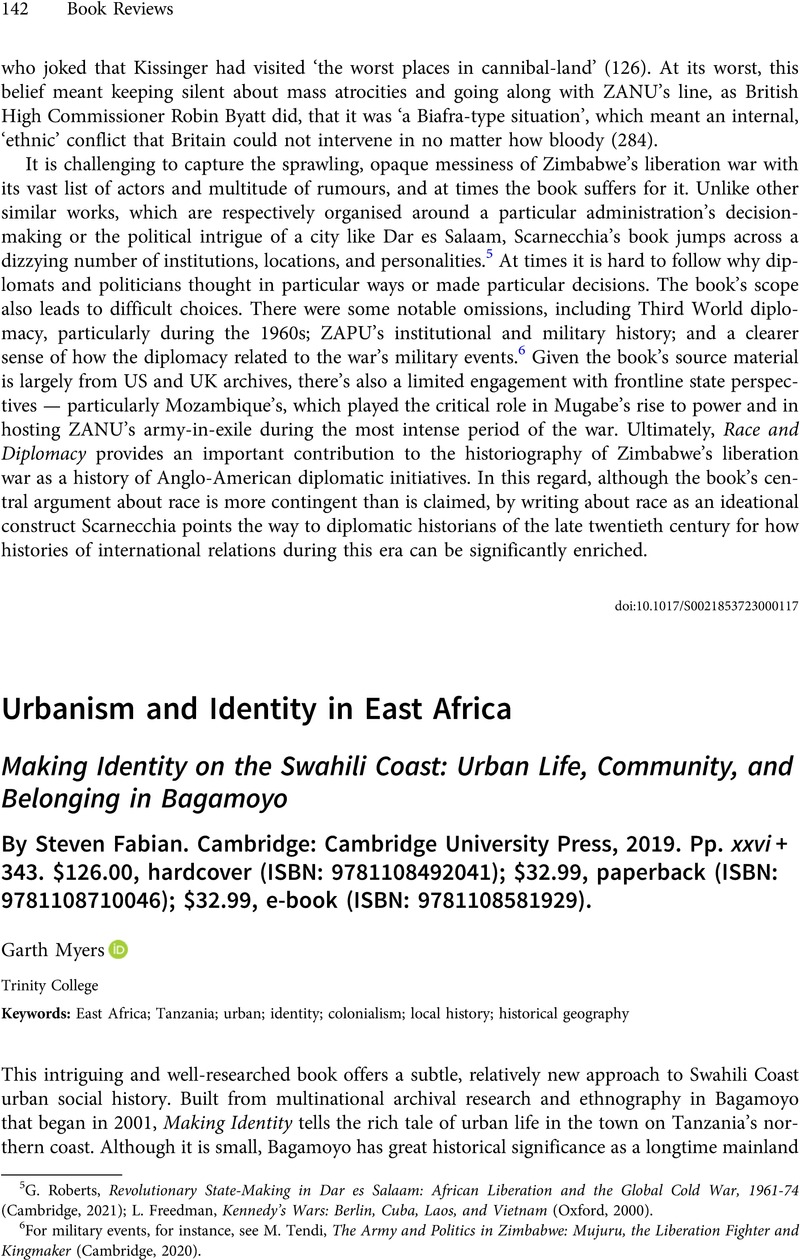No CrossRef data available.
Published online by Cambridge University Press: 20 February 2023

1 Lefebvre, H., The Urban Revolution, trans. Bononno, Robert (Minneapolis, 2003 [1970]), 3Google Scholar.
2 Ibid., 167.
3 Massey, D., Space, Place and Gender (Minneapolis, 1994), 146Google Scholar.
4 Ibid., 147.